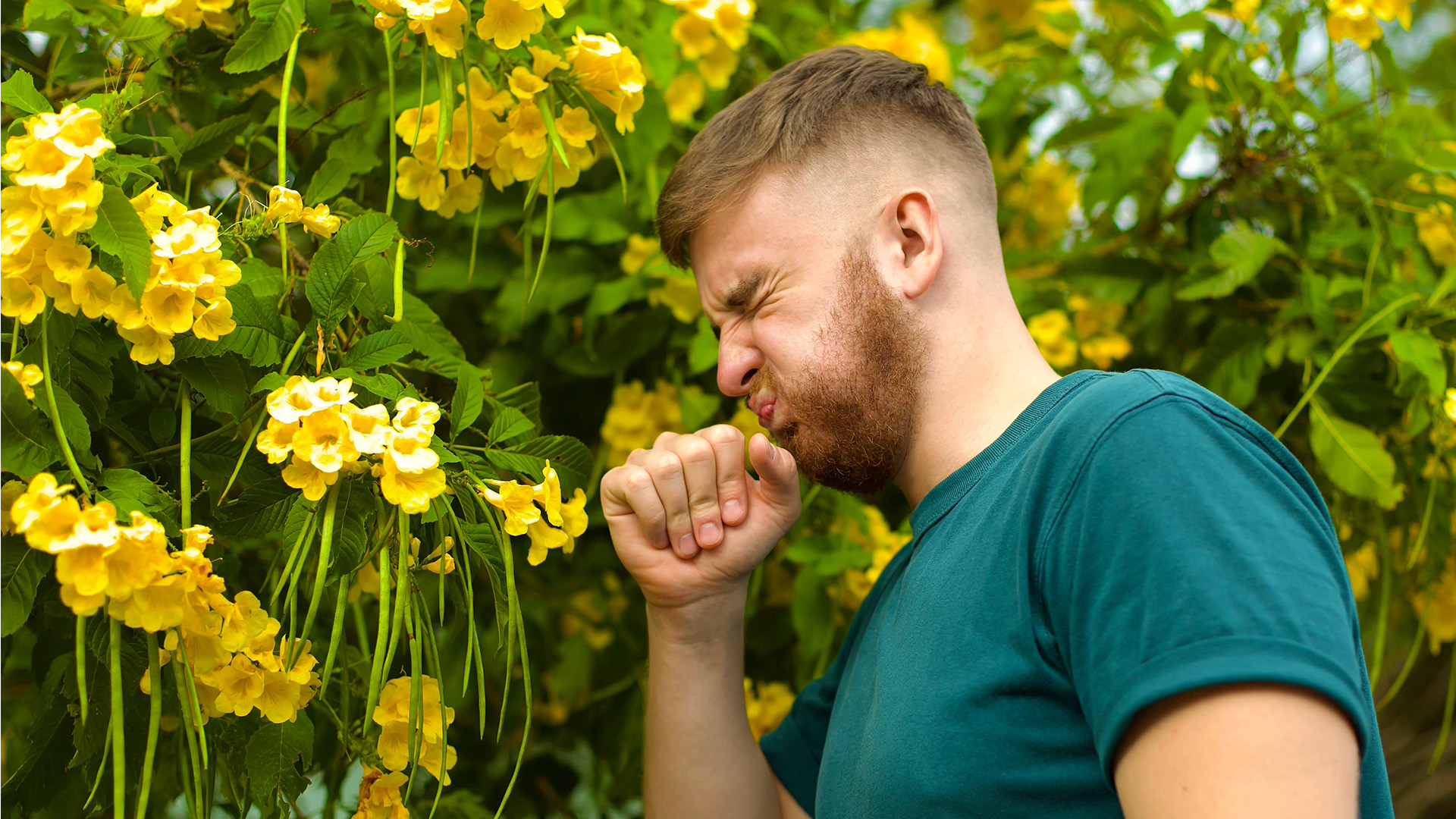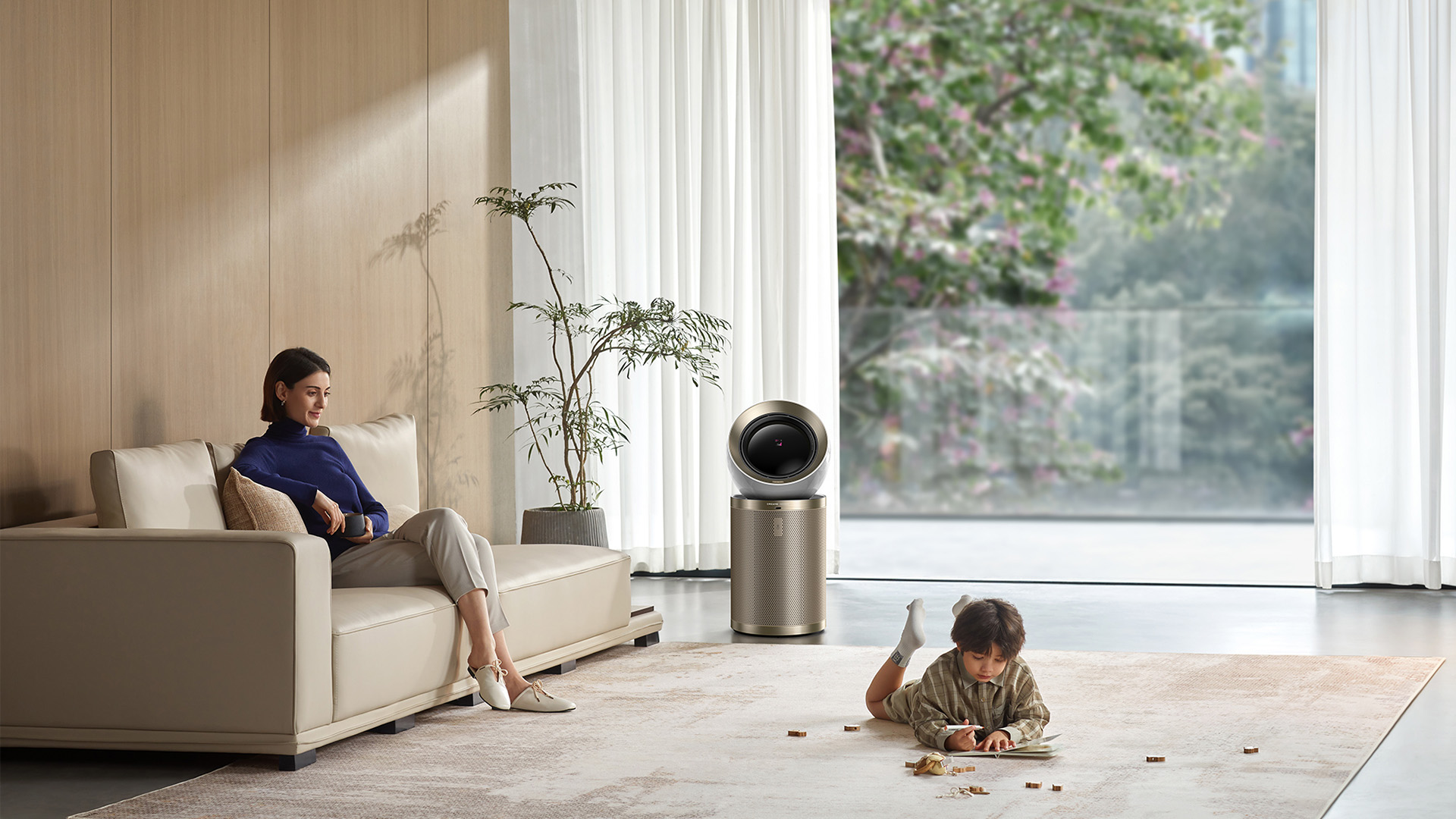
If you sneeze a lot, get a stuffy nose at night, or your eyes feel itchy on the couch, the air in your home might not be clean. You might wonder if air purifiers really help with allergies or if it’s just talk. Short answer? They do help. But not like some magic switch. They’re more like a support system. They grab the indoor allergens in the air you can’t see, tiny bits of pollen, dust, pet fur, and other harmful things, and stop you from breathing all of it in. In this post, we’re going to walk through what’s actually floating around inside your house, how air purifiers work, and whether they’re even worth getting. If you’re tired of the runny nose life, read on.
In this blog, you will find out:
- What Causes Allergies Indoors?
- Do Air Purifiers Really Help with Allergies?
- Benefits of Using Air Purifiers for Allergies
- How to Maximize Air Purifiers for Allergy Relief
- Conclusion
What Causes Allergies Indoors?
Okay, so the air inside your house can be way more polluted than outside. Sounds weird, right? But it’s true. The EPA says indoor air can be 5 to 100 times more polluted than what’s out there. Kind of scary. What’s causing it?
- Dust mites. They’re super tiny and love your bed, blankets, pillows, and old rugs. You don’t see them, but they’re probably there.
- Pollen. Even if you keep the windows shut, it still gets in – on your clothes, shoes, your pets, you name it.
- Pet dander. Not fur, but those little flakes of skin your dog or cat sheds without you knowing.
- Mold spores. Bathrooms and basements are mold’s favorite places, and yep, it floats in the air, too.

Do Air Purifiers Really Help with Allergies?
Yes, they do. But here’s the thing: you gotta use them right and get the right kind. Most air purifiers have a fan that pulls air in. Then that air passes through a filter (hopefully a HEPA filter, which is the one you want). That filter catches the small junk, stuff you don’t even notice, but your body does. HEPA filters for allergies are serious. They trap about 99.97% of stuff that’s 0.3 microns in size. That includes dust, pet stuff, pollen, and even some mold bits. Experts, such as the American Academy of Allergy, Asthma & Immunology, say HEPA filters help reduce allergens in the air. It’s not some gimmick. They work. You just need to use them in the rooms you’re actually in a lot, such as the bedroom, living room, etc., and keep them running.
Benefits of Using Air Purifiers for Allergies
After using a purifier, you may experience fewer sneezes, improved sleep, and a reduced need for medication. If you have asthma, it can also help with that. It’s not a lifesaver, but it does make indoor air much nicer and cleaner. At Dreame, we design purifiers that are efficient and user-friendly so that we can provide easy access to the fresh air that you deserve. Here’s what you might gain:
- Fewer sneezes and sniffles
- Deeper, better sleep
- Fewer asthma triggers
- Less need for allergy medications
Clean air won’t fix everything, but it’s a really good place to start.

How to Maximize Air Purifiers for Allergy Relief
Suppose you’re getting one, great. But don’t just plug it in and forget about it. To actually feel a difference:
- Pick the right size. Each purifier covers a certain room size. Check the “CADR” on the box or specs. Higher CADR = faster air cleaning.
- Put it in the right spot. The bedroom is ideal. That’s where you sleep, and clean air helps you rest better. The living room’s good too.
- Keep it running. Don’t just use it for 20 minutes a day. Leave it on, especially if your symptoms are bad.
- Replace the filters. This is big. A dirty filter doesn’t do much. Follow the schedule the brand gives. Some remind you automatically.
If you’re looking for an air purifier that goes beyond the basics, the Dreame AirPurSue PM20 is the best air purifier for allergies. The Dreame AirPurSue PM20 has many good features. It’s strong and easy to use. One cool thing is that it turns on by itself when it feels someone nearby. No need to press any button. It also moves the air in the right way by itself, sending clean air where you need it, up to 5 meters away and around 120 degrees. It also has a heater inside. The air gets warm fast, in just 3 seconds. On cold days, that feels really nice. The best thing about it? The HEPA H13 filter. This thing sucks up like 99.97% of minute stuff—dust, pollen, even germs, and other things. An air purifier removes unpleasant odors and strong cleaning fumes. These things do not cause an allergy, but still make you feel worse, like the COVID-19 virus. Well, if you get allergic, this will do you well to breathe and feel more comfortable at home.
Conclusion
Air purifiers aren’t some cure-all, but they do help. They suck in the nasty stuff your body hates and push out air that’s a bit easier on your lungs. For allergy folks, that’s a win. However, keep in mind that it works best in conjunction with other habits as well. Clean your sheets often. Use a HEPA vacuum. Try to air out damp places. And yeah, maybe tell your dog to stop sleeping on your pillow (good luck with that one). Want more tips on building a clean-air home? Check out the Dreame AirPursue site. Whether you’re just learning or ready to grab a purifier, they’ve got you covered.
References